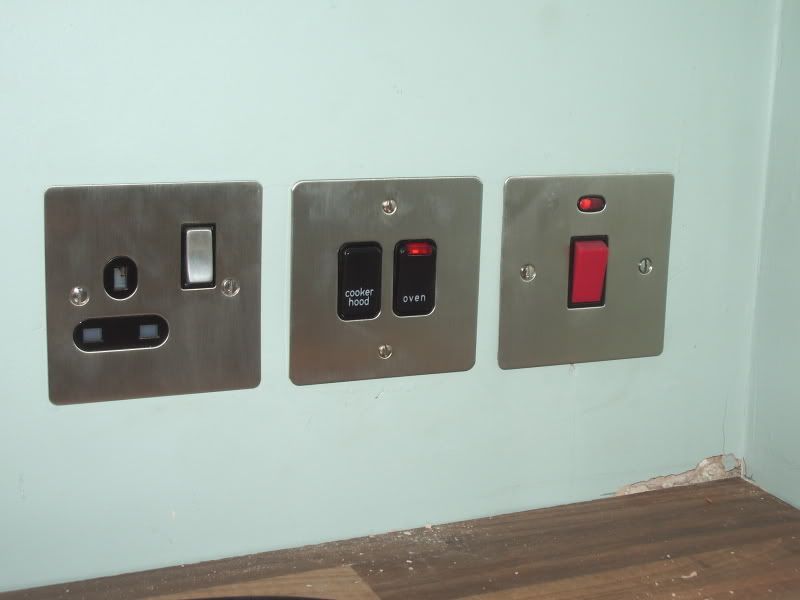Does a fixed appliance in this case a chimney extractor hood create a safe zone?
What I propose to do is run a length of flexible conduit vertically up from a back box which is located to the side of the hob position to level where it will need to emerge from the wall for the hood doing the right angle bend within the width of the back box. The idea being that I can run some flex through to the back box and put an appropriately fused 13A fused connection unit in. The circuit is protected by an RCD.
Clearly from a practical perspective it will work, but will the installation be within the rules, as I cannot see anything in the regulations that would suggest that fixed appliances create safe zones in the way sockets and switches do and running metal conduit for a extractor hood seems like overkill to me?
If it is not within the regulations what is the accepted way to get the power to a cooker hood so there is no visible flex?
Note for the avoidance of any doubt I am in Scotland so Part P does not apply.
What I propose to do is run a length of flexible conduit vertically up from a back box which is located to the side of the hob position to level where it will need to emerge from the wall for the hood doing the right angle bend within the width of the back box. The idea being that I can run some flex through to the back box and put an appropriately fused 13A fused connection unit in. The circuit is protected by an RCD.
Clearly from a practical perspective it will work, but will the installation be within the rules, as I cannot see anything in the regulations that would suggest that fixed appliances create safe zones in the way sockets and switches do and running metal conduit for a extractor hood seems like overkill to me?
If it is not within the regulations what is the accepted way to get the power to a cooker hood so there is no visible flex?
Note for the avoidance of any doubt I am in Scotland so Part P does not apply.




